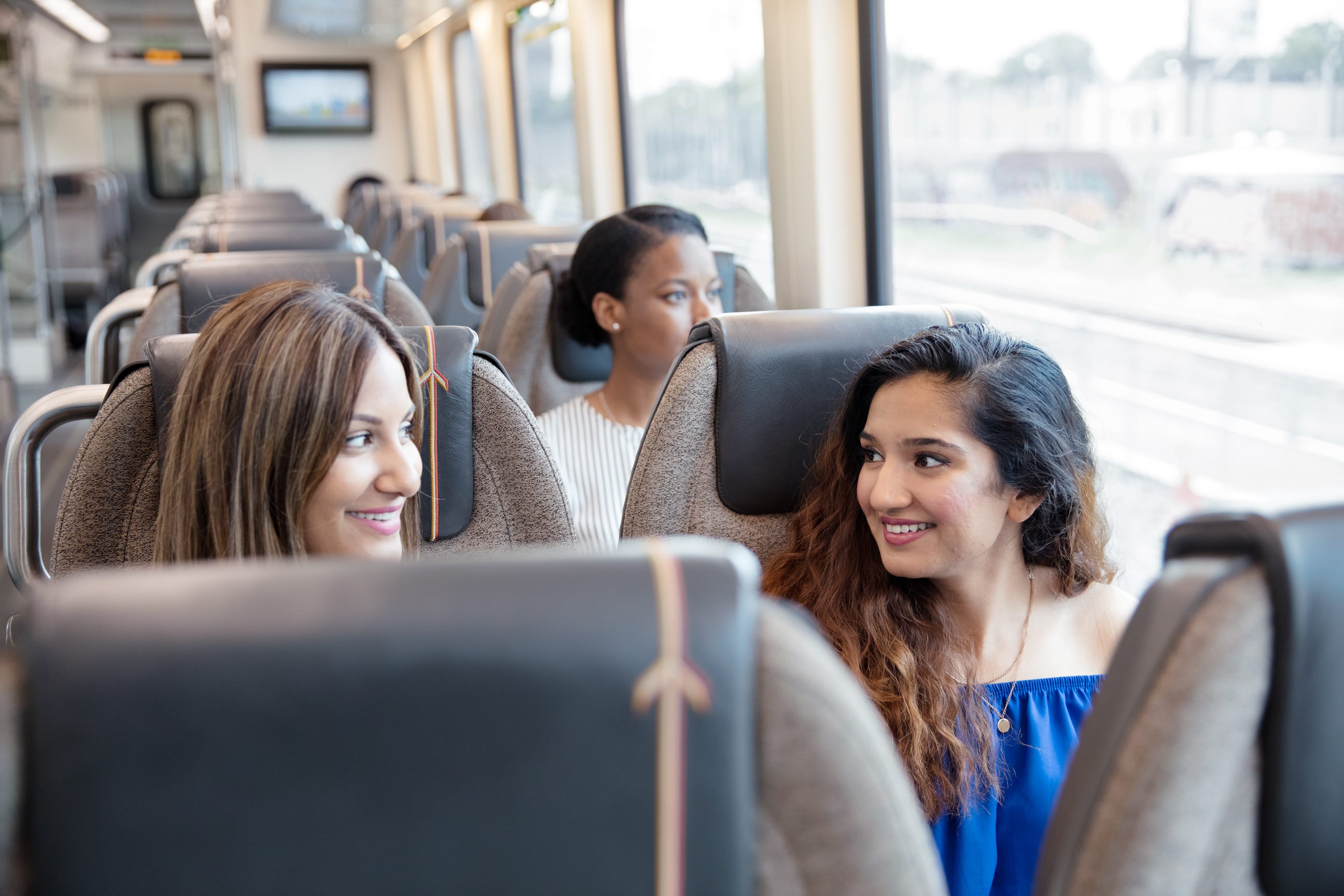Metrolinx lends its expertise to university research project
A new partnership with StudentMoveTO seeks to improve travel for post-secondary students
Aug 29, 2018
Two hours a day is the amount of time a typical university student spends traveling to and from classes on public transit.
As a result, that commute time can affect decisions from course selection to participation in extra-circular activities.
StudentMoveTO was created in 2015 to better understand where and how students live and travel.
It’s a collaboration between Toronto’s four universities (Ontario College of Art and Design, Ryerson University, University of Toronto and York University) to gather information and put it use.
With 15,226 university students surveyed, insights into young adult travel patterns are helping Metrolinx, the City of Toronto and participating schools better grasp the transportation needs and expectations of post-secondary students.
“We want StudentMoveTO to generate awareness and a discussion about the everyday transportation challenges faced by young adults,” said Raktim Mitra, an urban and regional planning associate professor at Ryerson University. “Bringing the City of Toronto and Metrolinx in as official partners lets us work more closely with the individuals in charge of planning future improvements to our transportation and City infrastructure.”
Transit services and costs are large factors in how university students in the Greater Toronto and Hamilton Area (GTHA) choose to travel on a daily basis. With one in four students living 20 kilometres or further to campus , Metrolinx sees the value in utilizing data for future transit planning and pilot programs. The organization can also lend its expertise as one of two official partners on this research initiative.
“We see the value in gaining a better understanding on the movement of post-secondary students, allowing us to better inform our work in this space,” said Amy Peebles, Senior Advisor in Planning & Development at Metrolinx. “Providing resources to the project and being at the table lets us discuss collectively how we and other partners plan to leverage the research to build future initiatives.”
While no formal decisions have been made about how the data will be used, possibilities include working directly with transit agencies to provide more in underserviced areas. Other potential uses include working with universities to develop custom behaviour change projects that move students away from driving themselves and on to transit.
Metrolinx is working directly with StudentMoveTO this year to help shape the next student survey being produced for 2019.
